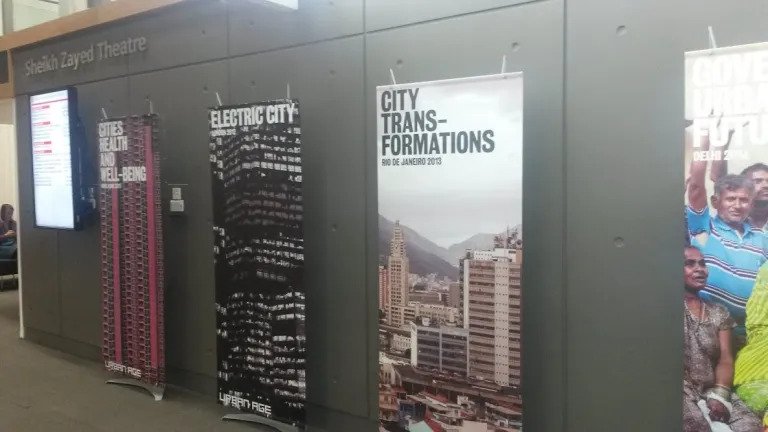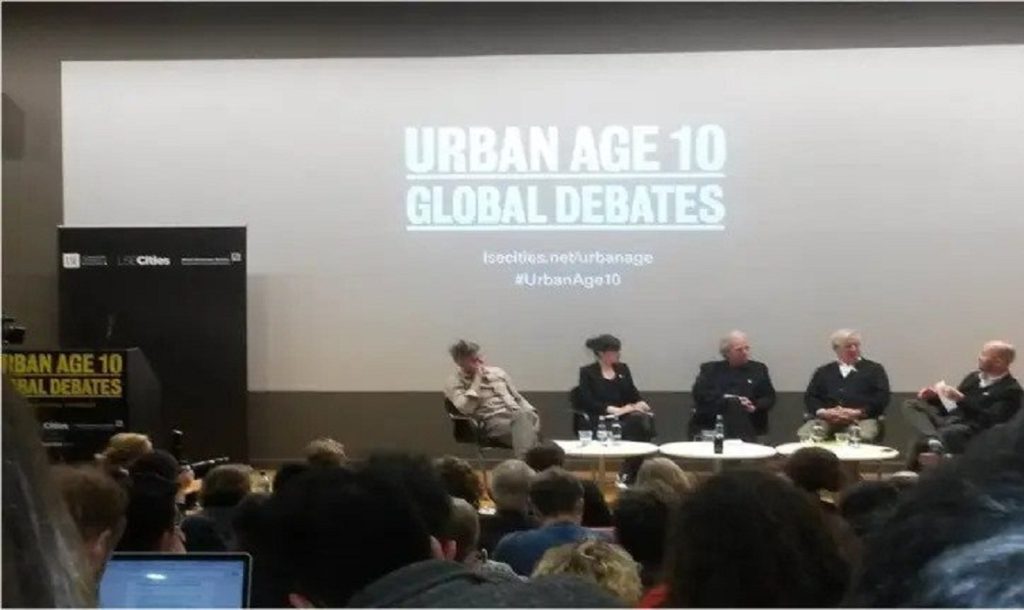
A few weeks ago, a series of thought-provoking debates were held at LSE to celebrate the 10 years of the Urban Age programme. A beta website was also launched, making available the research was undertaken as part of the programme. If you have a few spare minutes this holiday season, I highly recommend watching the recorded presentations. If not, keep reading for snippets of the insights shared.
Saskia Sassen: what is urban?
In the introduction to her talk, Sassen provided her view of what makes cities interesting today: they are complex, open systems that have outlived many other formal but closed systems (such as corporations); they are spaces where those without power can make a history, a culture, an economy; and they are frontier zones where actors from different worlds have an encounter without established rules of engagement.
In typical Sassen fashion, her talk was based on well-researched numerical data, which she went through to make her point about equity and ownership in cities, a salient topic for many major cities today.
The point which struck me the most was the story she told of a new major project in Brooklyn. A low-rise, mixed-use district is being developed into 14 luxury residential towers by foreign investors. While the new development will certainly add density, Sassen argues that it will actually “de-urbanise” a deeply urban area by privatising land, creating a single-use area, and eliminating the fine urban tissue which exists today.

Clos, the Executive Director of UN-HABITAT and ex-mayor of Barcelona, shared his experience on how to make the most of urbanisation and steer the process towards value generation. Ten points were included on his slides, and he diligently went through all of them during his talk (despite time warnings from the moderator!).
In his view, getting the density right is absolutely key. To achieve ‘economies of agglomeration,’ he recommended aiming for a density of around 15,000 inhabitants per sqkm. To put this number into perspective, that’s around half the average density of Mumbai and five times the density of Dubai (based on 2007 data).
The other benchmark Clos offered is his formula for good city planning: 50% of the city area for public space (30-35% streets, 15-20% open space), and 50% for buildings. He continued to point out that cities today have far less public space: the typical average is 30%, with urban poor areas at 10%.
Suketha Mehta and Richard Sennett: who is included?
In his talk on inclusivity in the city, Mehta began by describing Coney Island, New York’s “capital of fun”. He used this example to illustrate three principles for creating a Just City: don’t exclude anybody from the law, don’t exclude anybody from the conversation, and don’t exclude anybody from the celebration. Mehta provided interesting examples from around the world (Rio, Istanbul, Mumbai,…) to expand on and illustrate these points.
During the second part of the evening, Sennett provided fascinating insights into borders and boundaries and drew out the importance of “porosity” in natural and physical systems. He showed examples of urban design interventions in Amsterdam, which introduced porosity into the public realm, blurring the boundaries and edges between human and vehicle spaces. His main point: we know how to make a porous city – one which draws in people, emphasises true mixed-use, shifts in shape to accommodate change, and nurtures the complexity of identity. In his view, the time has come to make it.
Mehta’s concluding argument is worth a special mention. He stressed the critical importance of urban planners as public intellectuals, generating excitement in the public sphere and thereby creating the necessary political will to implement change.

